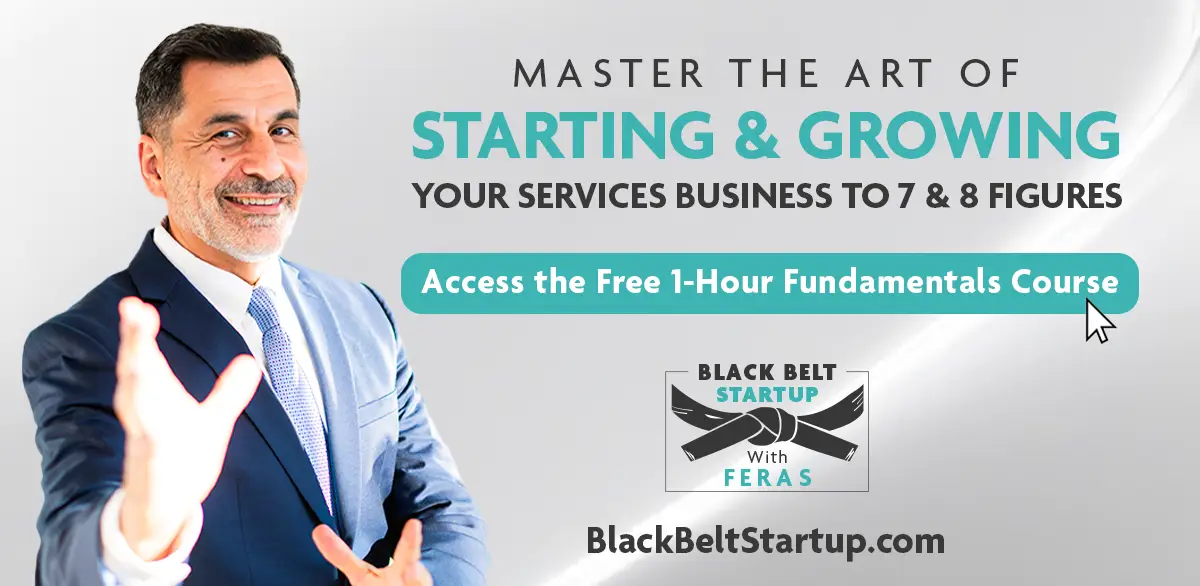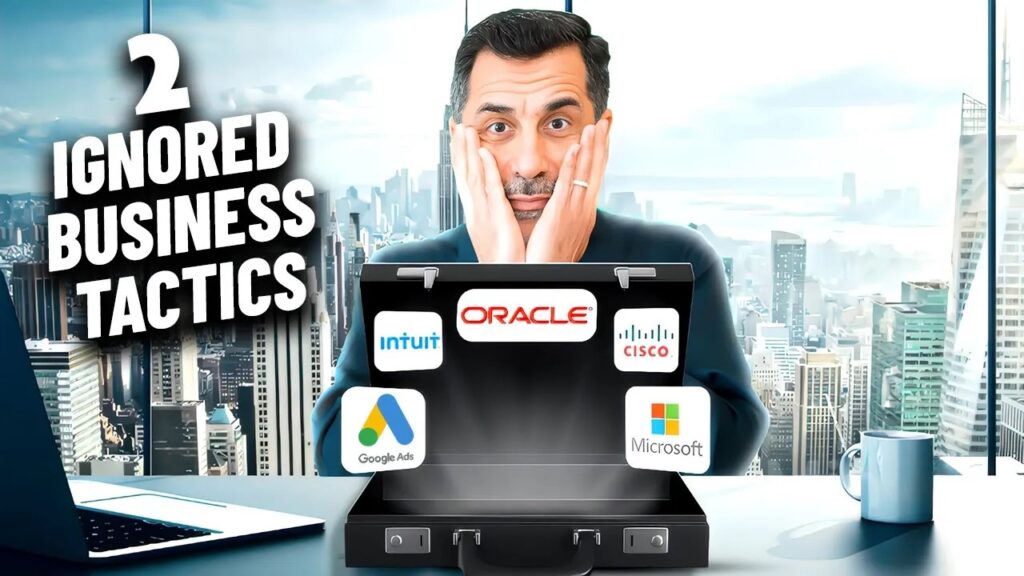Why You Should Avoid Using Fear, Uncertainty, and Doubt (FUD) in Sales and Marketing

In the 1970s, tech giant IBM was accused of using “FUD” – Fear, Uncertainty, and Doubt – to scare customers. Today, FUD in sales is everywhere, from elaborate marketing campaigns to even the slightest sales tactics. But it’s 2025, and consumers are now smarter than ever.
Recent studies show that 81% of consumers value trust as a pivotal factor in decision-making. Despite this, countless startups and sales teams rely on FUD sales.
As a business owner, understanding and countering this FUD in sales can lead to stronger customer relationships, increased sales, and sustainable growth.
While FUD marketing can be effective in the short term, it raises ethical concerns and can ultimately damage trust between businesses and consumers. To understand why FUD campaigns persist despite this shift in consumer values, let’s explore the psychology behind it.
Exploring the Psychology Behind Fear, Uncertainty, and Doubt (FUD)
Our brains are naturally wired to react to fear. I’ve noticed that some companies exploit this in their fear marketing by triggering our worries about missing out on a supposed “best” choice.
What is FUD in Sales?
Imagine a friend walks up to you and whispers: Psst! Hey, you! Did you hear? There are only 2 FREE spots left in the super special coaching group that everyone is talking about! They say it’s helped many people get awesome results and become super successful. You don’t want to miss this amazing chance to learn and grow, do you?
That whole feeling sums up Fear, Uncertainty, and Doubt – a trio of emotions so powerful they’ve earned their own acronym: FUD. It’s also sometimes known as “FOMO,” or the fear of missing out.
The Impact of FUD Sales and Marketing
FUD might seem like a handy tool for a quick sales boost, but the reality is, it usually backfires. When we rely on FUD marketing tactics or exaggerate the truth, we erode trust and leave customers feeling burned.
Think about it: would you go back to a store that pressured you into buying something you didn’t need? Probably not. FUD sales create a negative experience that damages your brand’s reputation and ultimately leads to lost sales, fewer return customers, and a lower customer lifetime value.
Strategies for Addressing FUD and FOMO in Sales and Marketing
Over the years, I’ve learned that the best way to fight FUD marketing is to meet it head-on with honesty, transparency, and genuine care for your customers. Here’s what has worked for me:
Building Trust and Credibility Without Using Fear, Uncertainty, and Doubt
Transparency
- What to do: Be honest and upfront about your service. Don’t hide any possible downsides.
- How to do it: Clearly explain what your service can and cannot do in a way that doesn’t generate FOMO (fear of missing out). Use simple words that everyone can understand.
- Example: Imagine you’re a tutor. You could say, “I can help you improve your math skills, but I can’t make you love math overnight. It takes practice!”
Consistency and Clarity
- What to do: Always do what you say you will do. Show up on time and keep your promises.
- How to do it: If you say you’ll send a report by Friday, make sure it’s in their inbox before the weekend.
- Example: A financial advisor could say, “I promised to review your portfolio this week, and here it is, right on time with my recommendations.”
Leveraging Social Proof and Testimonials
Quality Assurance
- What to do: Go above and beyond to make sure your service is consistently top-notch.
- How to do it: Regularly check in with clients for feedback, have a system to track and address any concerns that arise, and always look for ways to improve your processes.
- Example: A financial advisor could conduct annual reviews with clients to assess their satisfaction and identify any areas where the service could be enhanced. They could also implement a robust internal review process for investment recommendations, ensuring accuracy and alignment with client goals.
Customer Testimonials
- What to do: Use numbers to show your impact! Share how many clients you’ve helped or how much money you’ve saved them.
- How to do it: Include statistics like “95% of our clients reported increased productivity” or “We’ve helped businesses save an average of $10,000 per year.”
- Example: A marketing consultant could share a graph showing how their client’s website traffic increased after implementing their strategies.
Storytelling Techniques
Connect on a Personal Level
- What to do: Share stories about the people behind your business and the people you help.
- How to do it: Write blog posts or social media updates about your team, your clients, or even yourself. Share your experiences and your passion for what you do.
- Example: A life coach could write a blog post about their own journey of self-discovery and how it inspired them to help others.
Highlight Customer Successes
- What to do: Use your stories to show how your service makes a real difference in people’s lives.
- How to do it: Share stories about how your clients overcame challenges, achieved their goals, or simply felt happier after working with you.
- Example: A dog trainer could share a heartwarming story about how they helped a shy dog become more confident and social.
Beyond Meat’s “Go Beyond” Campaign – Taking the Fear Out of Plant-Based Eating
In 2019, Beyond Meat launched its “Go Beyond” campaign to tackle the challenge of convincing meat-eaters to try plant-based burgers. They did this by highlighting the delicious taste of their burgers, emphasizing the health and environmental benefits, partnering with popular celebrities, and making their products widely available.
This approach successfully addressed common concerns about plant-based food, leading to increased awareness, acceptance, and sales, ultimately making Beyond Meat a household name.
My Personal Experience with Fear, Uncertainty, and Doubt
On a personal level, here’s something I experienced. As one of the selected certified Google Analytics partners, both at my previous digital analytics agency, e-Nor, and also in my digital transformation business, e-Cens, we built 7 & 8-figure businesses around the Google Analytics ecosystem.
Every few years, Google would introduce a new version of their products that deemed the previous versions obsolete. As consultants, we were feeling the FOMO ourselves from Google, and we could have used FUD and scare tactics to “force” clients on previous versions to upgrade (e.g. if you don’t upgrade, you’ll lose all your data).
Rather, the approach we took was to educate the client about the transition and the benefits of the new versions, as well as provide roadmaps with various options and timelines for organizations to choose from. Don’t get me wrong, we made it very clear to the clients the repercussions of their indecision or delayed decision, but we provided options and alternatives in a true consultative fashion, keeping their interests top of mind.
Clients felt at ease and truly valued our approach (and we ended up making a ton of money while we kept our relationships with our clients and continued to be recognized as trusted advisors.)
Implementing FUD-Busting Tactics
Now that you understand the importance of addressing and countering FUD strategy, here’s your action plan:
1. Open-Door Policy for Questions:
- The Strategy: When a customer asks a question online, don’t just send a private reply. Make your answer public for everyone to see.
- Why it Works: This shows you’ve got nothing to hide and are eager to help. Plus, it answers questions potential customers might have, building trust before they even reach out.
- In Action: If someone asks about your refund policy on social media, reply directly to their comment with a clear, concise answer.
2. The Safety Net:
- The Strategy: Offer a money-back guarantee or a free trial of your service.
- Why it Works: It’s like a test drive before buying a car. It shows you’re confident in your service and gives your customers a risk-free way to see if it’s right for them.
- In Action: A financial advisor could offer a free consultation or a trial period for their investment services.
3. The Seal of Approval:
- The Strategy: Earn relevant certifications or awards that show you’re a pro.
- Why it Works: It’s like getting a gold star! It proves you meet industry standards and gives your customers extra confidence in your expertise.
- In Action: A marketing agency could become a certified Google Partner or win an industry award for outstanding campaigns.
4. Power in Partnership:
- The Strategy: Team up with other trusted businesses or experts in your field.
- Why it Works: It’s like having a popular kid vouch for you at a new school. It makes you look more credible and gives your customers another reason to choose you.
- In Action: A business coach could partner with a well-known entrepreneur to offer a joint webinar or workshop.
Measuring Your Success:
Remember, this is an ongoing process. Keep an eye on these things to see how you’re doing:
- Happy Customers: Are your customers satisfied? Check your online reviews and feedback.
- Sales Success: Are your sales increasing? That’s a good sign people trust you.
FUD for Thought
The most successful companies are those that build trust with their customers. By addressing fear, uncertainty, and doubt (FUD) head-on, we’re not just selling a product or service, we’re building a relationship without giving prospects FOMO. And that’s something that can last a lifetime. So, take a deep breath, face your fears, and start building a brand that people can believe in.




